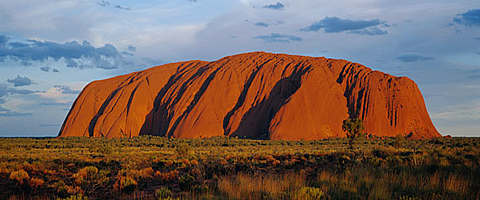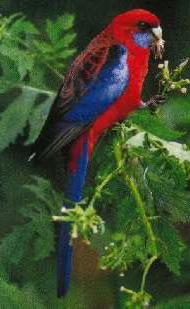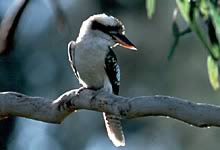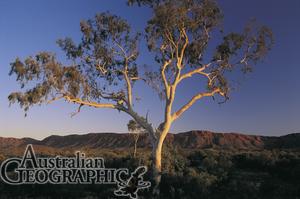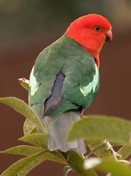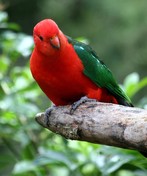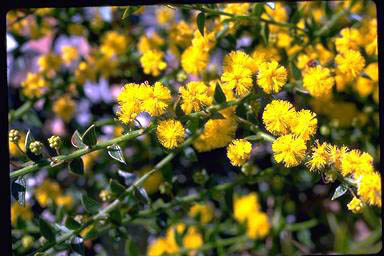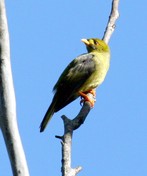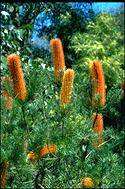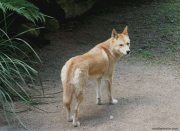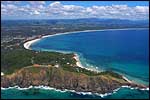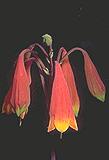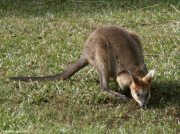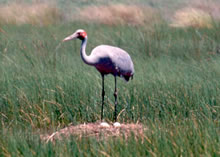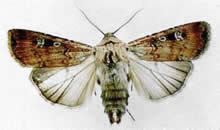Haiku Dreaming Australia
Explanatory Notes and Images
sources for information and images
These Explanatory Notes and Images are meant to be accessed from a haiku;
return to the haiku is by use of the browser "Back" button.
Generally, entries contain only sufficient information for the haiku to be appreciated,
but in some cases I've provided links for further reading.
Entries, not in any order, are included for:
Explanatory Notes and Images
sources for information and images
These Explanatory Notes and Images are meant to be accessed from a haiku;
return to the haiku is by use of the browser "Back" button.
Generally, entries contain only sufficient information for the haiku to be appreciated,
but in some cases I've provided links for further reading.
Entries, not in any order, are included for:
|
Aborigine Dung Beetle* Water Dragon Outback Brush Turkey Anzac Gidgea Uluru Dreaming Interpreter Bottlebrush Emu Rifle Aust Terrier Hills Hoist Bush Fire Budgie Wallaby Antbed Court* |
Cutting Out Galah Rosella Cazaley Swag Kookaburra Ghost Gum Banksia-dying Dingo Wattle Bellbird Frogmouth Waratah Flags(beach) Christmas Bells Koala Brolga |
Bittern/Bunyip Possum Whipbird Magpie Flying Fox Cockatoo Koori Flag Sheep Bondi Loorikeet Shearer Black Swan Tin Roof Cape Byron Wedge-tail Eagle Seasons Gunyah Light Horseman |
|
| * = not currently in use, removed to reserve copy | |||

will be adder later.
Please use "Back" button to return to haiku.
Aborigine
Aborigines, Indigenous Australians, have the longest continuous cultural history of any group of people on Earth. They are recognised to have arrived in Australia from 40,000 to 70,000 years ago. Prior to the arrival of European settlers the population of Indigenous Australians was estimated to be between 300,000 and 1 million. The distribution of people was similar to that of the current Australian population, with the majority living in the south east centered along the Murray River. There were 500–600 distinct groups of Aborigines speaking about 200 different languages or dialects (at least 50 of which are now extinct). Although culturally diverse, these groups were not political and economic entities and lacked class hierarchies and chiefs. They lived by hunting and gathering, and there was extensive intergroup trade throughout the continent.
more reading
'cast a long shadow' — somebody who was important was said to be 'a big man' and thence, to 'cast a long shadow.'
Entry for: 'Dreaming'
'Dreaming' or the 'Aboriginal Dreamtime' is that part of aboriginal culture which explains the origins and culture of the land and its people. Dreamtime is Aboriginal Religion and Culture. more reading
'Dot painting' - the style of painting favoured by many Aborigines.
'Yam' - the edible tubor of a plant; a staple for many Aboriginal peoples.
'Yam Dreaming' paintings
'Billy' - a cylindrical container for boiling water to make tea; to boil the billy;
'While the Billy Boils' - a book of short stories by Australian story writer and poet, Henry Lawson, 1867-1922.
Entry for: Uluru
Uluru (formerly "Ayers Rock") is an Aboriginal sacred site in the middle of Australia. It's the world's largest monolith, 10kms around the base and 348 metres high.
Image courtesy of Christalinks
A message from the traditional owners.
'sunburnt country': well-known words from Dorothy McKellar's poem My Country
Sydney's best-known surfing beach is Bondi in the Shire of Waverley.
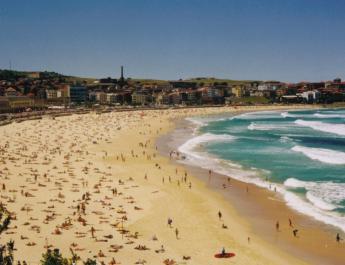
It's the venue for the various festivals including Festival of the Winds.
Held each spring, kite flying is the feature of this festival.
Please use "Back" button to return to haiku.
Tennis is played throughout the year but seems to be most often associated with spring.
Tennis courts surfaced with material from anthills and termite mounds were common in the bush. They made an excellent playing surface and many champions learnt their craft on them.
Please use "Back" button to return to haiku.
Entry for: Water Dragon
The Australian Water Dragon grows to almost four feet, has a large head, jowl and a spiny crest. It runs like a dinausor. Sunning or catching insects, it is motionless while waiting. It hibernates in winter, and re-emerges in spring.
Images and facts courtesy and ©
Australian National Botanic Gardens
Please use "Back" button to return to haiku.
Entry for: Outback / Road trains
"Outback" is a common term, loosely used for the sparsely populated inland of the Australian continent.
Images of the Outback, courtesy and © Australian Geographic
 Simpson Desert, WA Photo: Edward Stokes |
 Broken Hill, NSW Photo: Barry Skipsey |
 Newhaven, NT. Photo: Barry Skipsey |
For further reading see: The Corner Country and Lonely Planet - Australian Outback
Road trains are used to move freight, livestock and minerals over huge distances on inland roads of Australia. The normal road train comprises a prime mover and three 44-foot trailers, with an all-up load of 120 tons. In mining, they haul six trailers or more.[pic later]
Entry for: Australian Brush-Turkey
"The Australian brush turkey can be found in NSW and Queensland. It lives in humid forests along the eastern seaboard and inland to the wetter ranges..." -- from NPWS Fact Sheet, recommended for further reading.
It is a fowl-like bird that incubates eggs in a litter mound. The male adjusts mound temperature by adding or removing litter.
Other fact sheets and pics:
australian museum online and Australian Natural History Safari
Please use "Back" button to return to haiku.
Entry for: Gidgea Tree
Gidgea trees
, [photograph courtesy and © Ruth Sandow]
a species of acacia that survives in desert conditions along water courses on stony gibber plains.
Gibber plains are inland plains covered with red-brown, wind-polished, gibber stones that are close-packed and form patterns.
Where the Dead Men Lie is the title poem of a book of ballads by Australian poet, Barcroft Boake.
a species of acacia that survives in desert conditions along water courses on stony gibber plains.
Gibber plains are inland plains covered with red-brown, wind-polished, gibber stones that are close-packed and form patterns.
Where the Dead Men Lie is the title poem of a book of ballads by Australian poet, Barcroft Boake.
Entry for: Interpreter
The poem alludes to the "Stolen Generation", the forceful taking by government and religous organizations, of indiginous children from their families. Raised within white institutions and families, they lost their Aboriginal culture and many lost their native language.
further reading
Bottlebrushes (Callistemon) belong to the family Myrtaceae. They are closely related to paperbark melaleucas, which also have 'bottlebrush'-shaped flowers. The spikes bloom in spring and summer.
Callistemon 'Pink Sensation'. Photographer: E. Morgan
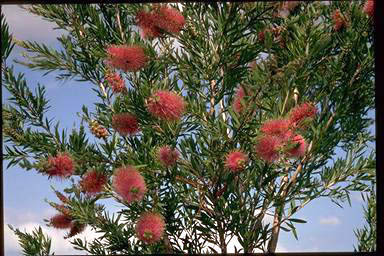
Image courtesy and ©
Australian National Botanic Gardens

Image courtesy and ©
Australian National Botanic Gardens
